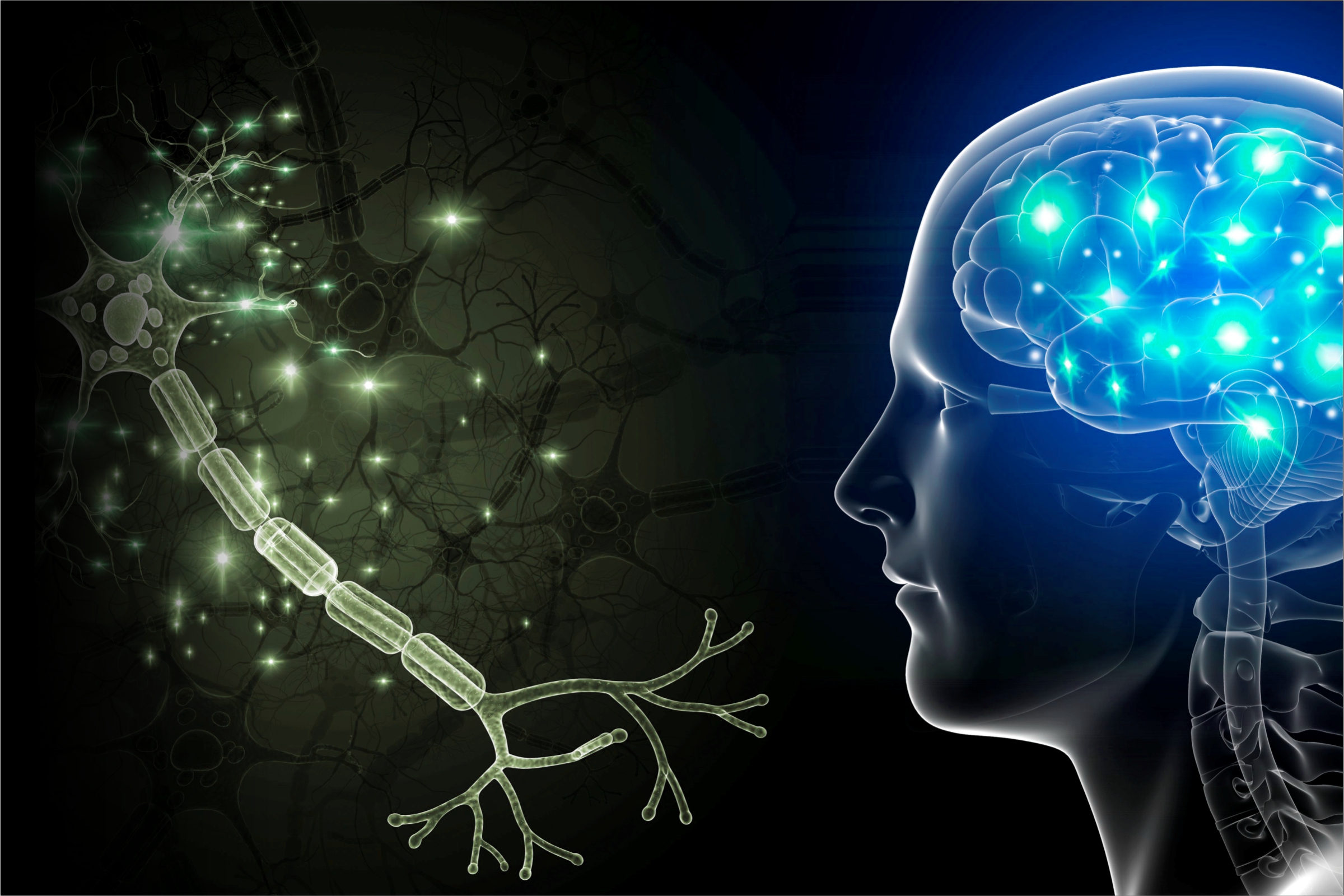Enrich your knowledge with our informative blogs
What’s the difference between “brain cells” and “neurons”?

Weighing about only three pounds, the brain is the most complicated part of the human body. It is an essential organ responsible for thoughts, intelligence, memories, body movement, sensations, behavior, and feelings.
A brain is made up of varied cell types, each with its own unique properties. However, the most common brain cells are neurons and non-neuron cells, popularly known as glia. On average, an adult human brain contains around 100 billion neurons.
Neurons are popular brain cells, and both neuron and glial cells are essential for the brain to function appropriately.
What are neurons?
Neurons are the tiny cells that are in charge of participating in functions associated with the nervous system.
Neurons
- Referred as a functional unit of the nervous system
- Involves itself in signal transduction.
- The size varies between 4 micrometers to 1 millimeter.
- Transmits and receives nerve impulses.
- Communicates with each other using an electrochemical process.
- Contain some specialized chemicals and structures.
- Carry out basic cellular processes like energy production and protein synthesis.
Neurons
Whenever you think of the brain, you probably think of the neurons. Neurons are the brain cells that are responsible for sending and receiving electrical and chemical signals.
These are the building blocks of a brain that transmit information to other neurons, tissues, and muscles throughout the body. Neurons allow a person to think, move, feel and comprehend the world around them.
These are made up of three basic parts, including the soma or the cell body, branching dendrites that receive signals from other neurons, and axon that sends the signals to surrounding neurons via the axon terminal.
Whenever a neuron fires an action potential, chemical and electric signals spread from the axon of one neuron to the dendrites of another across the small gap known as the synapse.
Neurons come in a variety of sizes and shapes based on where they are located and what they are programmed to do.
So, what is the difference?
Neurons are basically a subset of brain cells. Around only ten percent of the total brain cells are neurons, including a wide majority made up of oligodendrocytes, astrocytes, extravascular macrophages, microglia, etc.
So, in short, the neurons are just the most interesting brain cells that are available much in the majority. If so, then why do neurons get so much attention?
Our brain is composed of several cell types, including microglia, neurons, astrocytes, oligodendrocytes, and ependyma. But the reason why neurons are so popular is that only neurons are capable of long-distance electrochemical communication.
Are neurons and brain cell the same thing?
No! It is because many brain cells are not neurons, so both the terms are not the same.
Discover better learning pace and Flexibility
Online tuition by TEL Gurus helps you learn at your own pace and garner the flexibility to choose your preferred timeslots.
Categories
Recent Posts
- List of the qualities you should look for in your tutors?
- What is the most useful formulas in math?
- Describe the process of eating to defecation of food?
- Difference between the natural and artificial active response by the immunology system.
- Explain the different circle theorems
- How are nerve cells adapted to their function?











